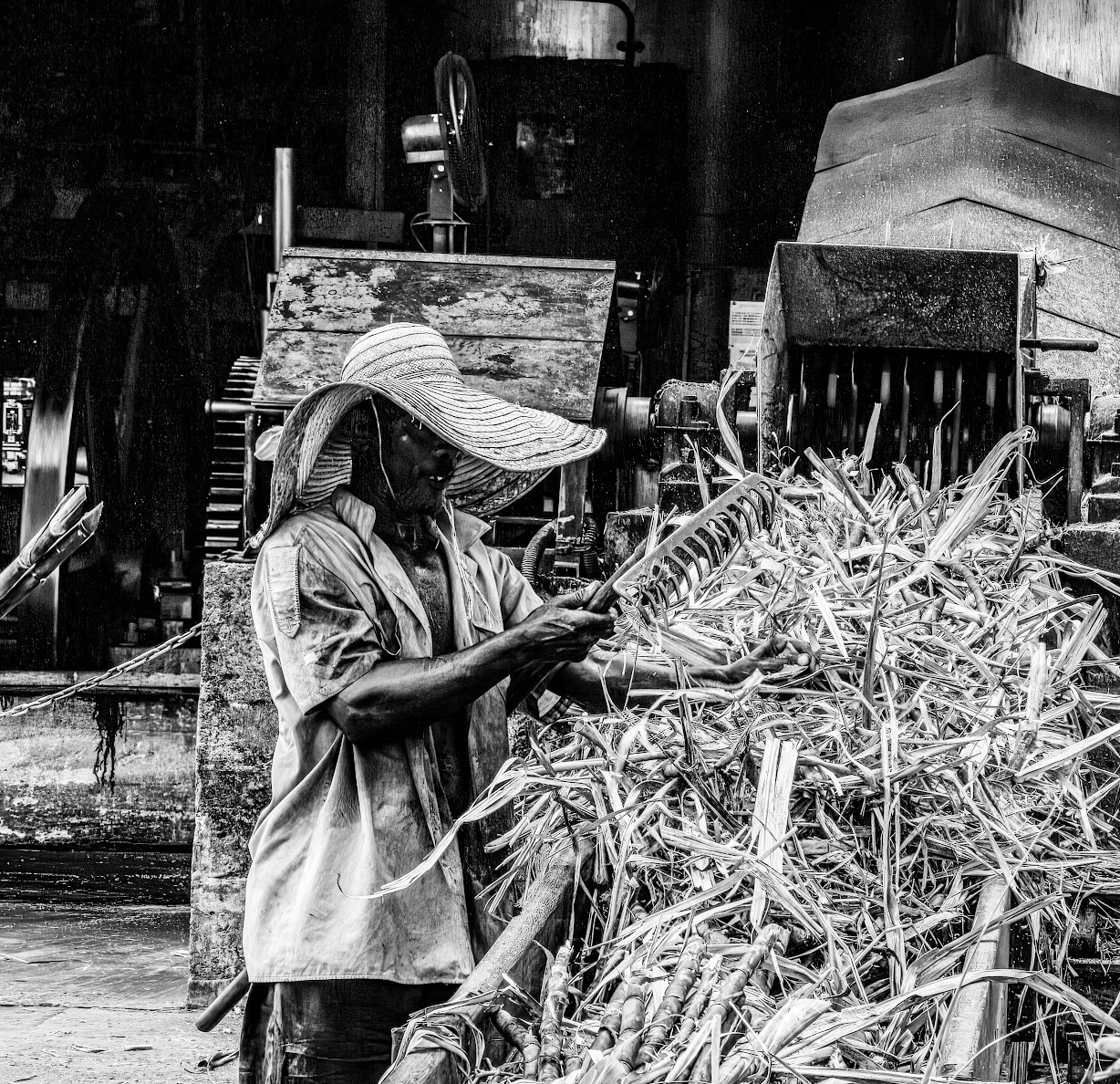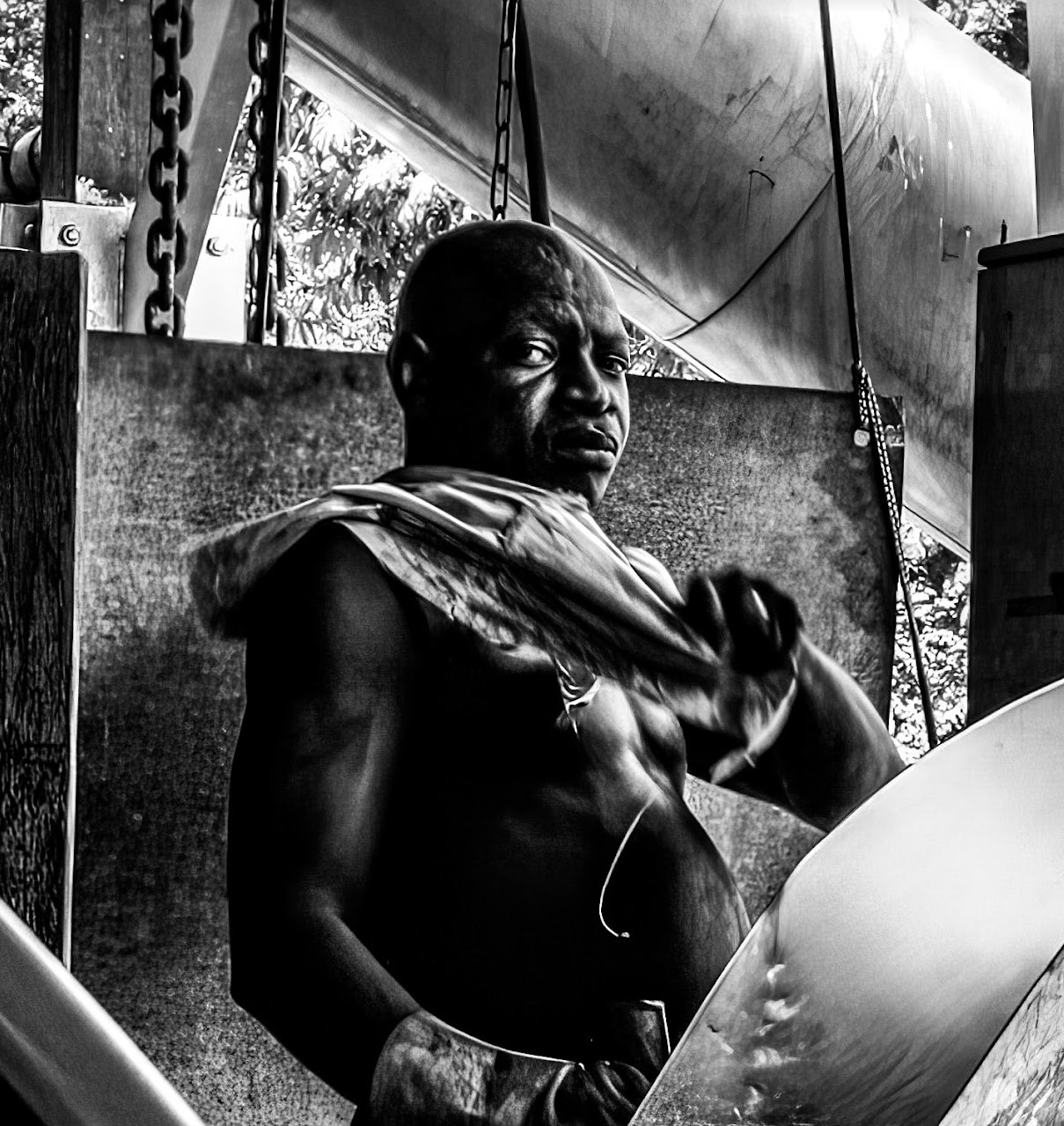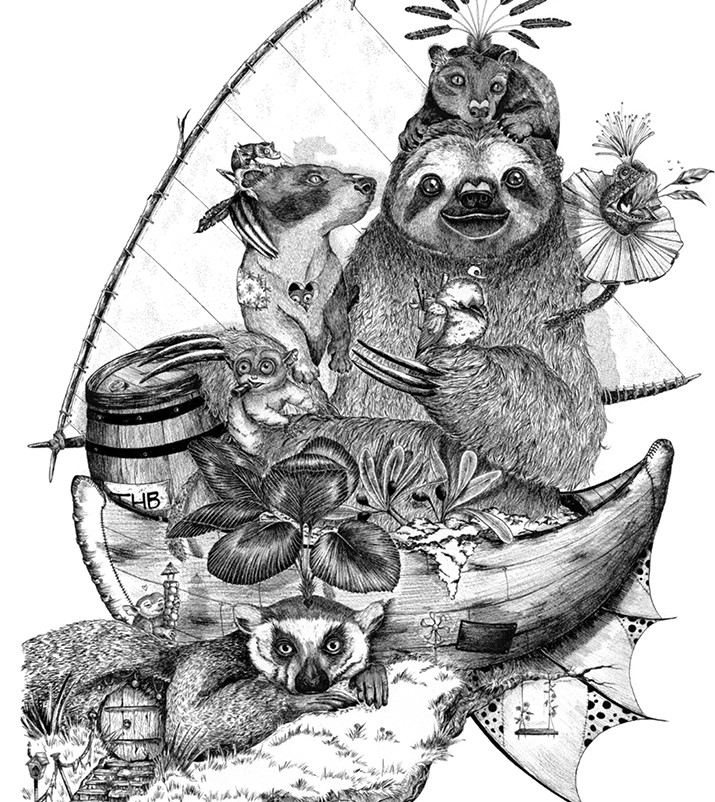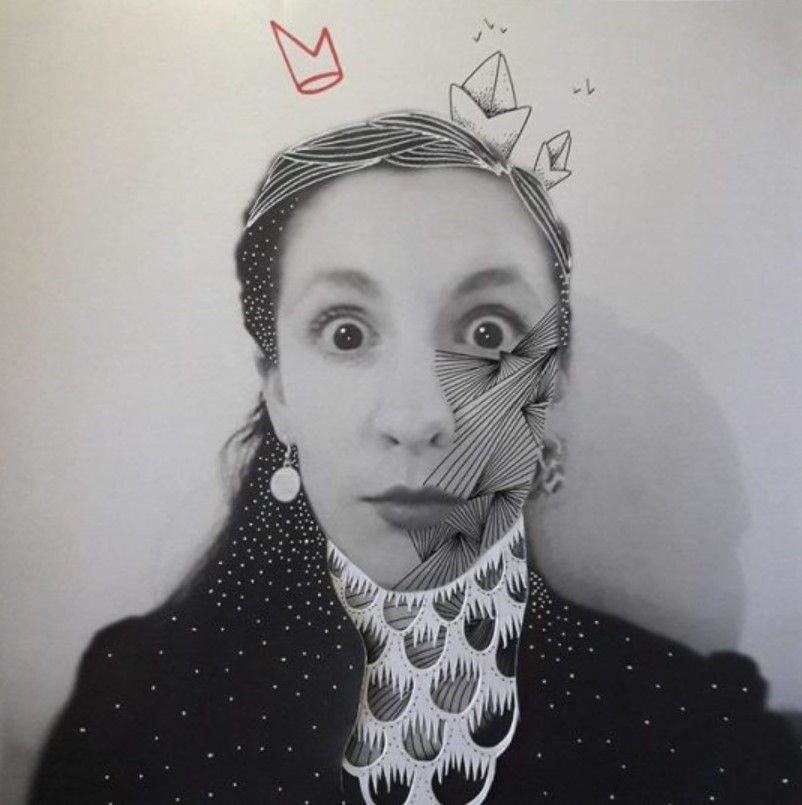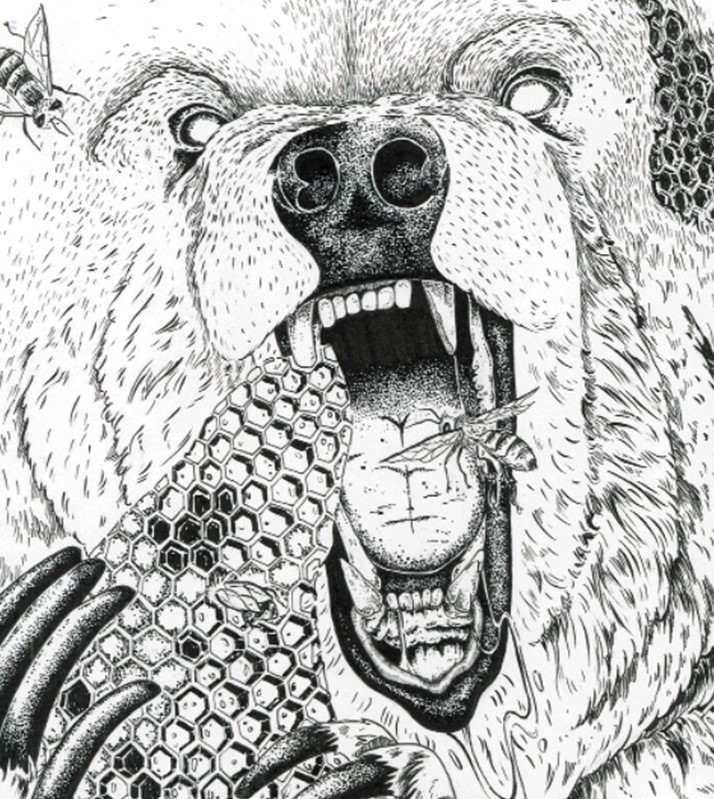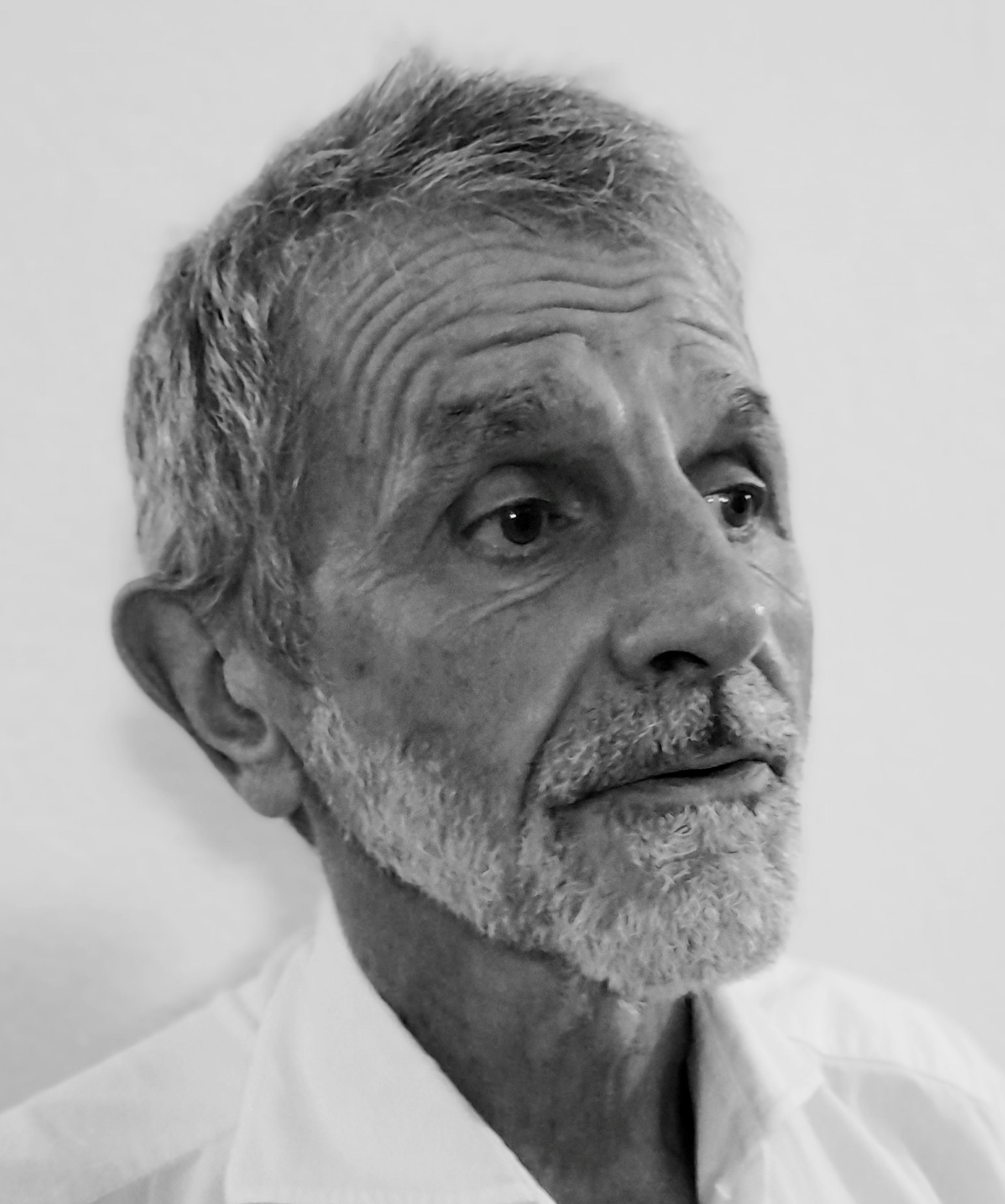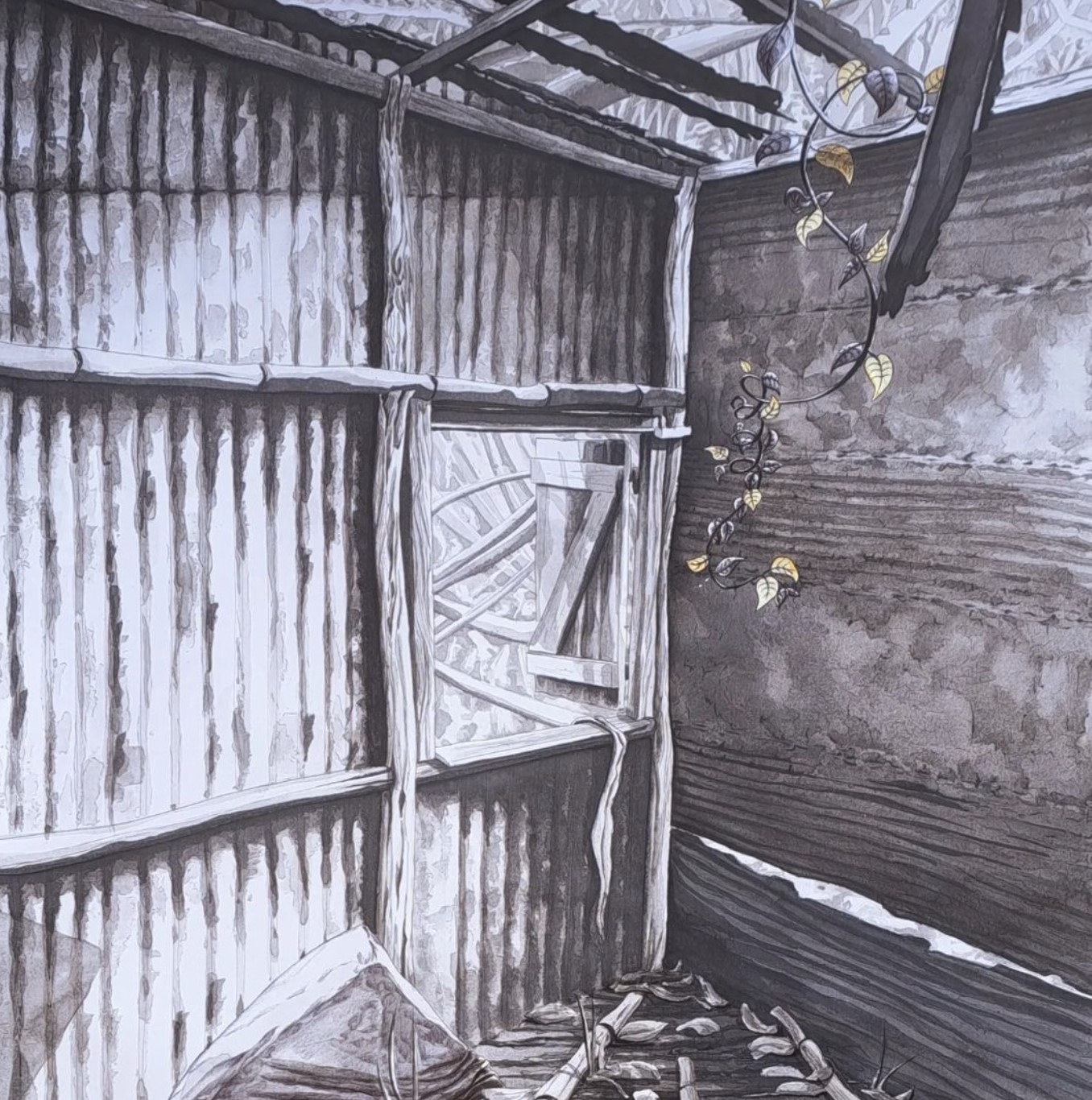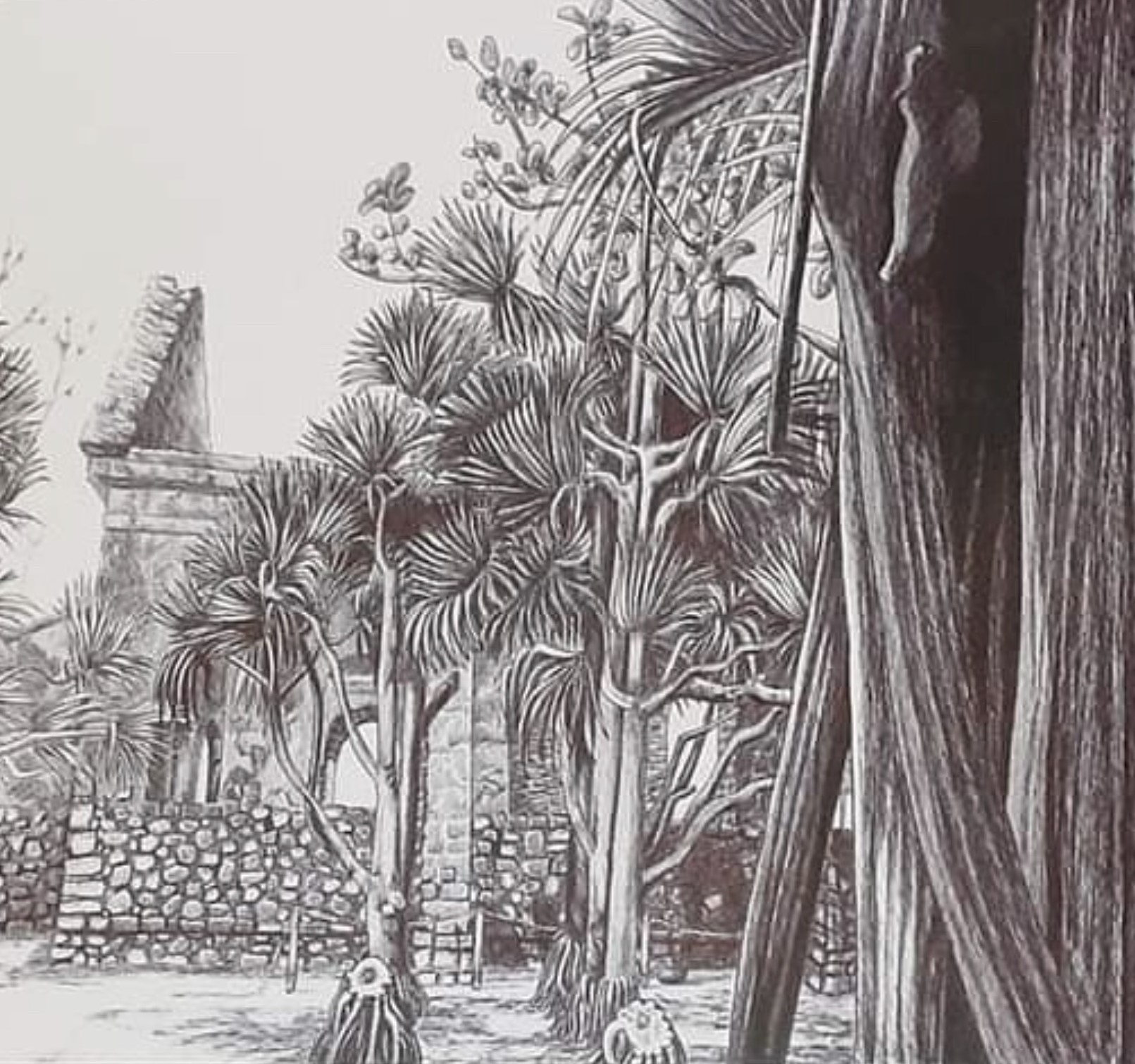Born in 1955.
Originally from the Plateau d'Albion, where dry stone grows at the base of Mont Ventoux. Hamlet of C., centre of half the Universe. Country roots. And elsewhere.
When I graduated as an architect in 1979, I tried, in the Manosque region, to link each project and construction to the six elements (space, air, fire or light, water, earth, plants), to the three times they have passed through, and to the culture of human groups and their way of appropriating the place.
Following a decisive encounter that made me a little more Sino-Reunionese than I was before, I landed at the end of 1989, with our children, on Reunion Island. Where I am a graft, alongside the stumps. Curious to understand the six elements and the spirit of their cultures. Many people live here, from countries with strong identities less than a thousand kilometres away, as well as several. What they have in common is a muted legacy from the colonial era, with its speculative plantation economy, experienced or endured. Slavery. Commitment. Migration. Mixed races. The accelerated presence of the Republic since the 1960s, and of Europe after that. Superimposed memories and complexities.
And so, since 1990, as an architect living and working on Reunion Island, I've been imbuing my work on the island with its six elements - which vary greatly from one part of the island to another - and with its history and cultures. By questioning them, by interpreting them according to by questioning them, by interpreting them according to contemporary needs, both local and universal to human beings, in order to protect as best we can, but also to connect and open up to as best we can.
And by passing on the knowledge, whenever possible.
So it was that in 1991-92, for the purposes of an urban planning study on a 20-hectare site in Bel-Air, photographs were taken of the old Kerveguen sugar factory, its remains colonised by sugar cane _ the very cane from the surrounding area that, once cut with a sabre, was transported there, pressed, distilled and processed _ and the sugar cane from its current surroundings and immediate surroundings.
Since 2020, I have been a member of A.F.A.C.974 (#).
(#) Association Familles Amies de la Capeline_ 974
Centre d'Accompagnement Pédagogique en Ligne et d'Innovation Educative (Centre for Online Pedagogical Support and Educational Innovation)
Raymond CARRETIER, architect d.p.l.g. n°0A 22590


